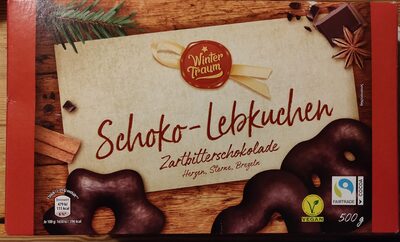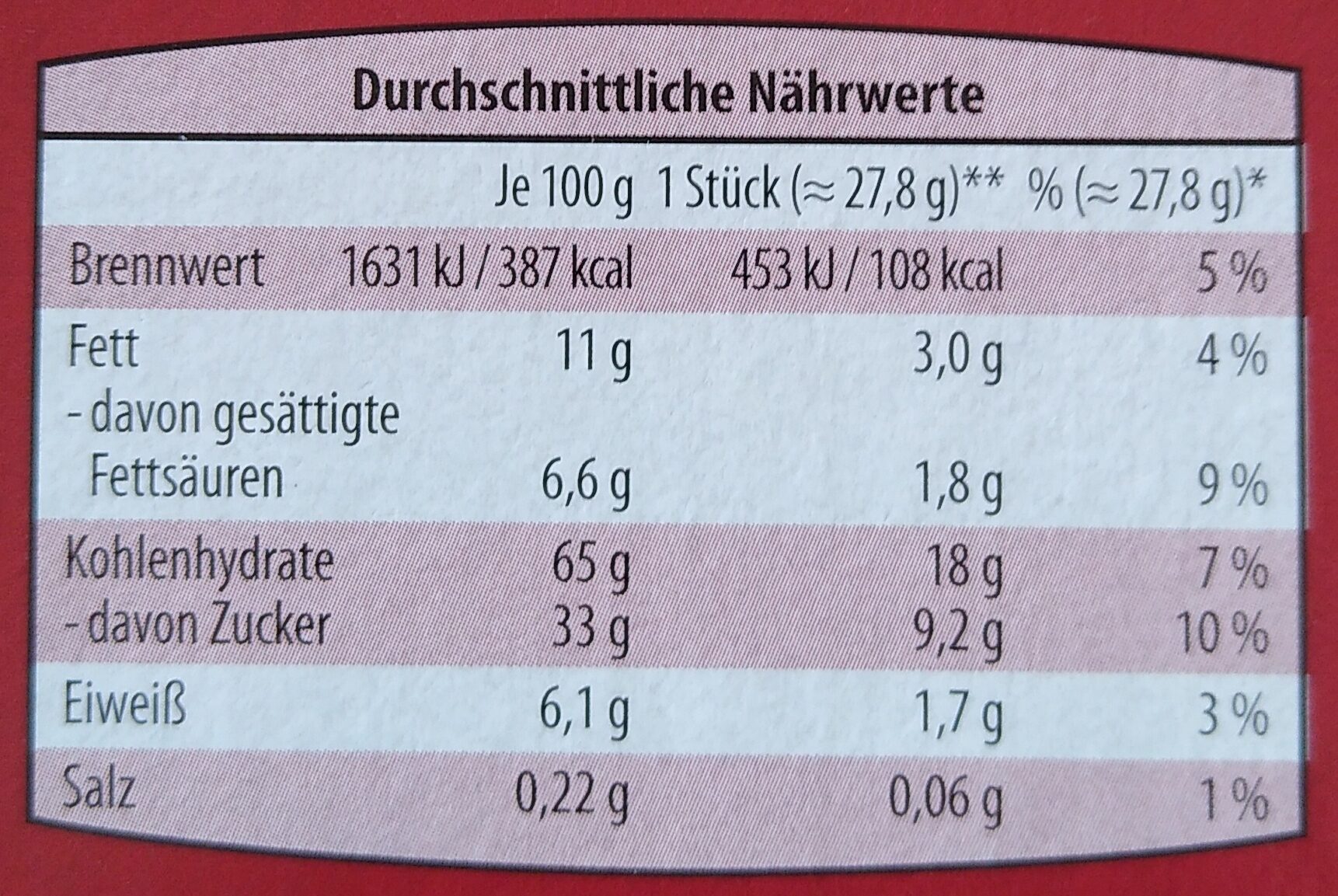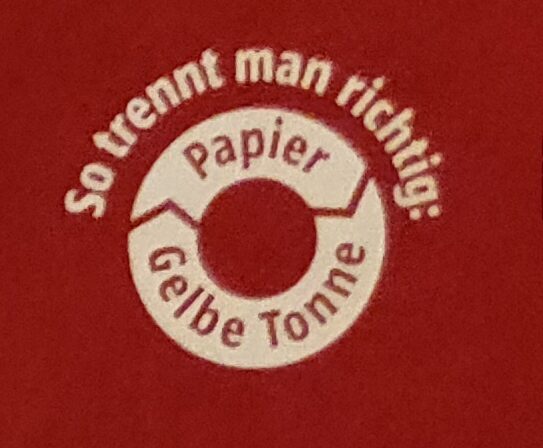Schoko-Lebkuchen - Zartbitterschokolade - Wintertraum - 500 g
This product page is not complete. You can help to complete it by editing it and adding more data from the photos we have, or by taking more photos using the app for Android or iPhone/iPad. Thank you!
×
Barcode: 4061458133319 (EAN / EAN-13)
Quantity: 500 g
Packaging: Plastic, Box, Cardboard, Film, Paperboard
Brands: Wintertraum, F.A. Crux, Aldi
Categories: Plant-based foods and beverages, Plant-based foods, Snacks, Sweet snacks, Biscuits and cakes, Gingerbreads
Labels, certifications, awards:
Fair trade, German Agricultural Society, Vegetarian, Fairtrade International, Gold medal of the German Agricultural Society, Vegan, 2023 Gold medal of the German Agricultural Society, European Vegetarian Union, European Vegetarian Union Vegan, Fairtrade cocoa, Nutriscore, Nutriscore Grade D


Stores: Aldi
Matching with your preferences
Report a problem
Data sources
Product added on by kiliweb
Last edit of product page on by professordoc.
Product page also edited by ecoscore-impact-estimator, emiljunker, insectproductadd, openfoodfacts-contributors, packbot, planteuser, prepperapp, quechoisir, roboto-app, scanbot, smoothie-app, spotter, thoro, yuka.sY2b0xO6T85zoF3NwEKvlhAYfeqC_RvPPhPhm2GG_e-pKq2wO_Ntx5r9Nqs, yuka.sY2b0xO6T85zoF3NwEKvlhBAV_D1-BTEKDPmyEGM19Osdrq5butS8prbLKs, yuka.sY2b0xO6T85zoF3NwEKvlhJLXdfHnCqdbBXTpGGTz8uNDsbXfo1b4qaiM6s, yuka.sY2b0xO6T85zoF3NwEKvlhR6UsPH8zLKEyHjp2SV-N6vJJnwXs5TuYWja6o, yuka.sY2b0xO6T85zoF3NwEKvlk1lSOPkujPpPjz6n2GKm8aRDZOwZ-N8wYXTMqs, yuka.sY2b0xO6T85zoF3NwEKvlkFbaovz_yv7LgPViXLb34atJ6DMeohMvZnbHqo, yuka.sY2b0xO6T85zoF3NwEKvlmF-euXkpgP6JTLfpnav_9qIA624ZvVdxtKhKqs.














